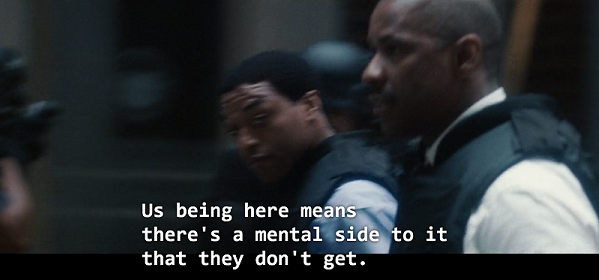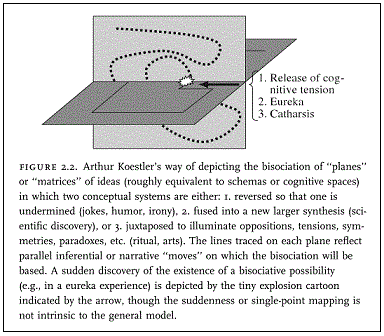6,000 years and still together
Sunday, February 26th, 2017[ by Charles Cameron — from a burial to Buddhism, just a skip and a jump away ]
.
A sweet visual DoubleQuote I ran across today —
'Lovers of Valdaro'
Neolithic bodies of a man & a woman locked in an eternal embrace.
6,000 years old burialhttps://t.co/esSOkX6OdP #Italy pic.twitter.com/dSmSqIGEbY— Ticia Verveer (@ticiaverveer) February 25, 2017
— shows on the right, the Lovers of Valdaro — a matched pair of skeletons of which Time wrote in 2011:
For 6,000 years, two young lovers have been locked in an eternal embrace, hidden from the eyes of the world. This past weekend, the Lovers of Valdaro — named for the little village near Mantua, in northern Italy, where they were first discovered — were seen by the public for the first time.
On the left, you have an artist’s representation of how they might have been embraced in death.
**
All of which reminds me of Buddhist meditation on death, and of the dancing skeleton couple known collectively as Citipati:
By Wonderlane – https://www.flickr.com/photos/wonderlane/3172647615/in/photostream/, CC BY 2.0, Link
Wiki tells us:
Citipati is a protector deity or supernatural being in Tibetan Buddhism and Vajrayana Buddhism of India. It is formed of two skeletal deities, one male and the other female, both dancing wildly with their limbs intertwined inside a halo of flames representing change. The Citipati is said to be one of the seventy-five forms of Mahakala. Their symbol is meant to represent both the eternal dance of death as well as perfect awareness. They are invoked as ‘wrathful deities’, benevolent protectors or fierce beings of demonic appearance. The dance of the Citipati is commemorated twice annually in Tibet.
**
Considering two together as one is a recurring interest of mine, see also my posts on duel and duet — themselves a great pairing or dual — in Duel in slow time and more prosaically, Numbers by the numbers: two.





